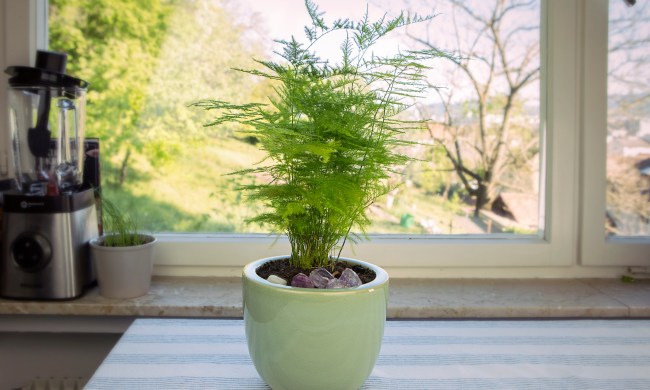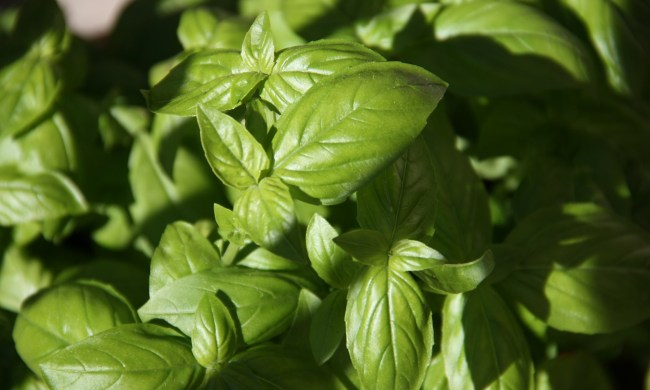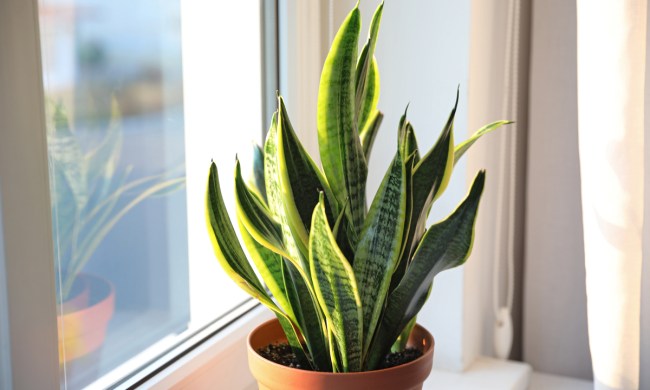Green onions and chives are two ingredients that are commonly confused for each other. But why? They’re very similar in shape and color, so much so that it’s easy to think chives are just green onions that haven’t reached maturity. They are, however, different plants with some uses being better than others.
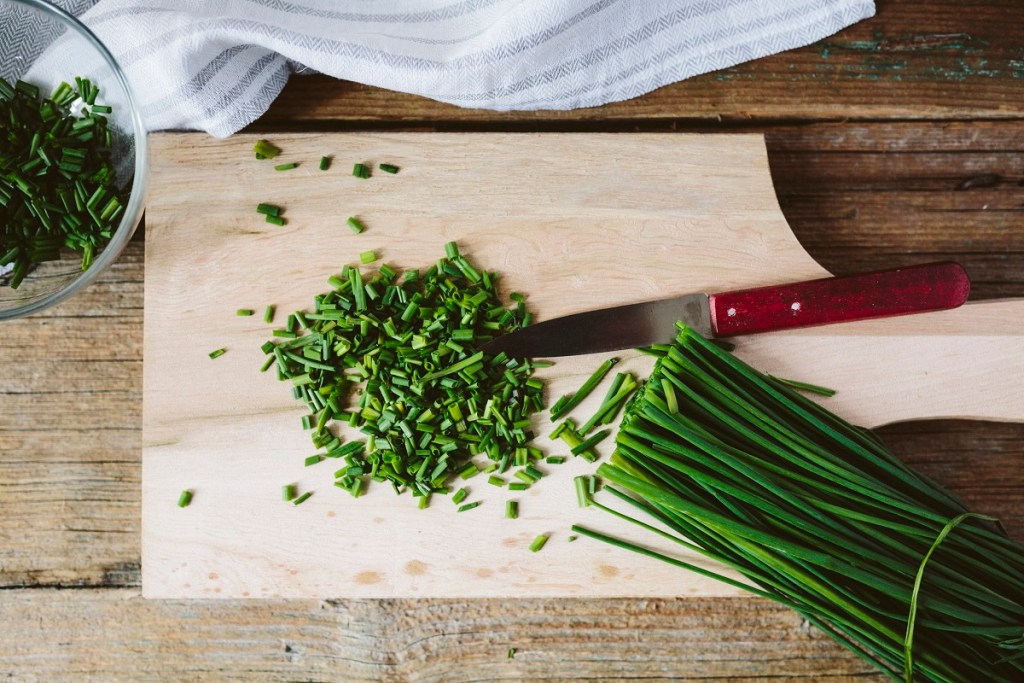
Chives
Chives are herbs. Part of the resemblance and comparison they have to green onions comes from the fact that they’re related; however, when you purchase chives, you’ll notice that you never see the bulbs—only the stems. Their green stems are most often used for garnishes, for flavoring dishes that have been cooked, and for mixing into dips and spreads.
Why you shouldn’t cook your chives
Unless they’re dried, you should avoid cooking your chives (at least for long periods). They’re delicate herbs, and their flavor is best-presented when raw or minimally cooked. When cooked too long, the chives wilt and lose their flavor. Cooking chives also creates an unappealing texture. As fresh herbs, chives are best used when they can garnish a dish or are mixed into meals like salads.
What if you don’t have any green onions?
Due to the relation, chives can be used to substitute green onions in some circumstances; however, they do have a weaker flavor, so you won’t be able to do a one-to-one substitution. Although you could cook them into a dish where green onions are needed, you’ll be better off substituting chives when the recipe calls for a fresh green onion/scallion garnish.
Where chives shine the most
Because chives are best used raw or gently cooked, you should lean toward recipes that focus on chive garnishes or uncooked ingredients (such as dips). This tomato toast with chives recipe calls for a sprinkling of the herb once the dish has been prepared. The mild onion flavor from the chives will lightly enhance the toast, and you’ll get a crisp texture due to the fact that they’re fresh.
Or you can try something like this homemade cheese spread where you add chives to the mixture being made in a food processor and pulse until it’s all combined. This will bring out the flavor of the chives more, and since they aren’t being cooked, you won’t have any pieces of wilting herb mixed into your spread.
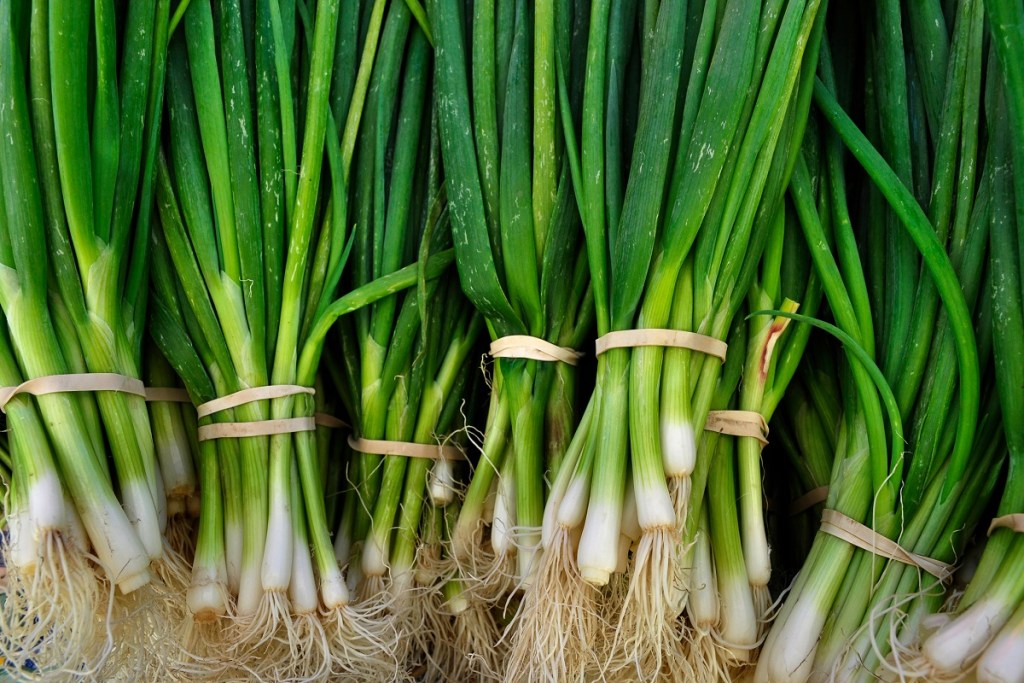
Green onions
Green onions, on the other hand, are actually onions that haven’t matured. Also known as scallions, you’ll see their long green stems, which are wider than chives, at the store. These are usually attached to a narrow white bulb and roots (and are probably what you’ve used in the past to show your kids how you can regrow store-bought vegetables). The bulb is small because they’re harvested before it has a chance to fully mature. They’re related to chives, but their oniony flavor is much stronger than that of the herb.
Enjoy green onions raw or in a dish
Although green onions can be enjoyed raw as a garnish, they can also be cooked into dishes. Usually when cooking, you’ll find that the recipe calls for the bulb as well. Both have an onion flavor, though the bulb is much stronger. The immature onion bulb is great for soups, sauces, or cooking similar to fully-grown onions you buy at the store.
Substituting green onions for chives
Green onions, as a close relative of chives, can be substituted into those dishes with ease. It’s important to remember, though, that they have a slightly stronger flavor. When adding green onions to a recipe that calls for chives, you should taste test as you go along to make sure you have just the right amount. Often, a tablespoon of chives has less flavor than a tablespoon of green onions, so it’s likely you’ll use less. Be mindful of the recipe, too! For something like a salad, garnishing it with roughly chopped green onions as opposed to chives won’t be much of an issue; however, because chives are much smaller, you may need to chop the green onions more finely for recipes where they’re being mixed in.
The best dishes for green onions
Like chives, green onions work great as a garnish; however, they’re even better when slightly cooked. This creamy avocado dip slices up the green onions, sautéing them in oil for a few minutes until the edges start browning. You end up mixing them into the dip after being cooked as opposed to when they’re fresh, which helps bring out their flavor.
They also make great cooked dishes! In this slow-cooked green onion recipe, you roasting the green onions with other ingredients (like chiles, garlic, and ginger) to create a robust flavor. This is one where you won’t ever want to substitute chives.
The consensus?
Green onions and chives aren’t the same, but they can occasionally be used to substitute for one another in the right situations. It’s important to be mindful of the recipe and the properties of each ingredient when deciding whether or not a substitution is appropriate. It will hardly ever be one-to-one, so when you choose to use green onions instead of chives (or vice versa), try the dish as you cook to make sure you aren’t over- or under-doing the flavor.
